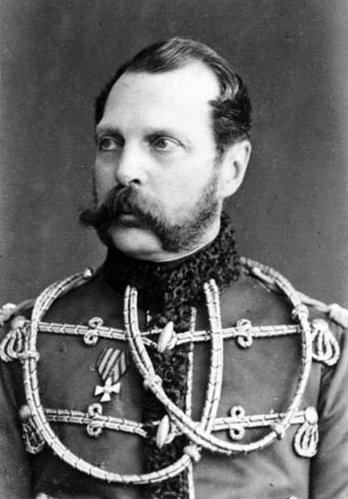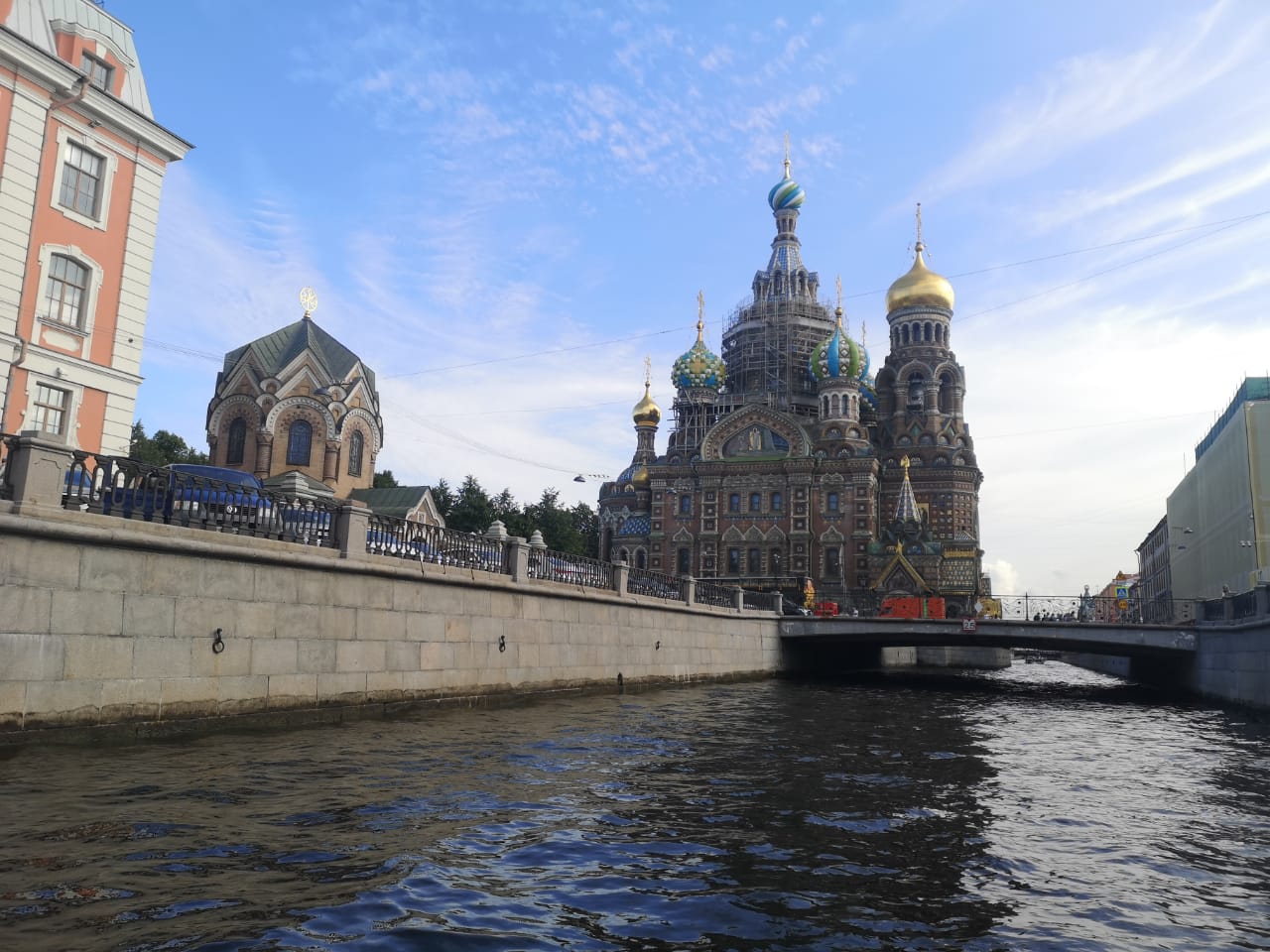Main page Tours and offers Visa-free tours About Saint-Petersburg Contacts
N.B. Please find actual information about my tours on my new web-site Your guide in St Petersburg!
The Church of Our Savior on the Spilled Blood
This Church was built on the place where Tsar Alexander II was killed and was dedicated in his memory. The construction work began in 1883 under Alexander III, as a memorial to his father, Alexander II. Alexander II was killed by a members of a terrorist organization Narodnaya Volya (“The People’s will”). They believed that if they kill the emperor-liberator a revolution would start in Russia.

Work progressed slowly because of very unusual form and a large volume of decorative work. The temple was finally completed during the reign of Nicholas II in 1907. Funding was provided by the Imperial family with the support of many private donors.

Designed by architect Alfred Parland in the Pseudo-Russian style, the Cathedral offers an amazing contrast to the Baroque and Classical architecture predominant in the central St. Petersburg. Its design is based loosely on that St. Basil’s Cathedral in Moscow. It is not surprising because Alexander III liked Russian national style in architecture and art (he was the founder for the Russian museum in St. Petersburg).
The Church contains over 7500 square metres of mosaics—according to its restorers, more than any other church in the world. The walls and ceilings inside (and partly outside) the Church are completely covered in intricately detailed mosaics. The main pictures are borrowed from the Bible scenes and all figures were created with very fine patterned borders setting off each picture.
The Temple’s floor is decorated with marble mosaics. The best masters of the Russian Academy of Arts worked in this project. The interior was designed by some of the most celebrated Russian artists —including Viktor Vasnetsov, Mikhail Nesterov and Mikhail Vrubel. But the church's chief architect, Alfred Parland, was relatively little-known (born in St. Petersburg in 1842 in a Baltic-German Lutheran family).
After the Russian revolution the Soviet government closed the church in the early 1930s. After the World War II this building was used as a warehouse for vegetables. In 1970s the reconstruction works began and in August 1997, after 27 years of restoration the Cathedral was reopened for public.
Now the Church of Our Savior on the Spilled Blood is a museum. And this is one of the main tourist attractions in St. Petersburg.





